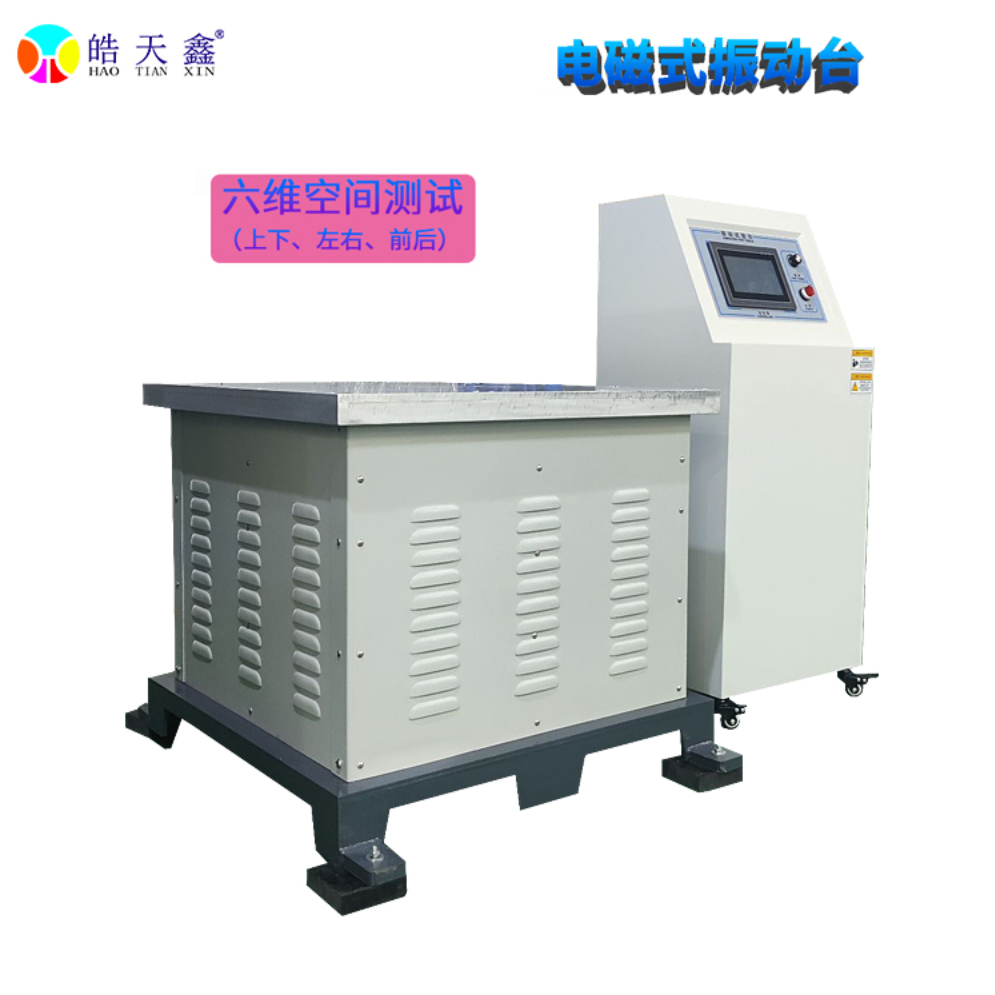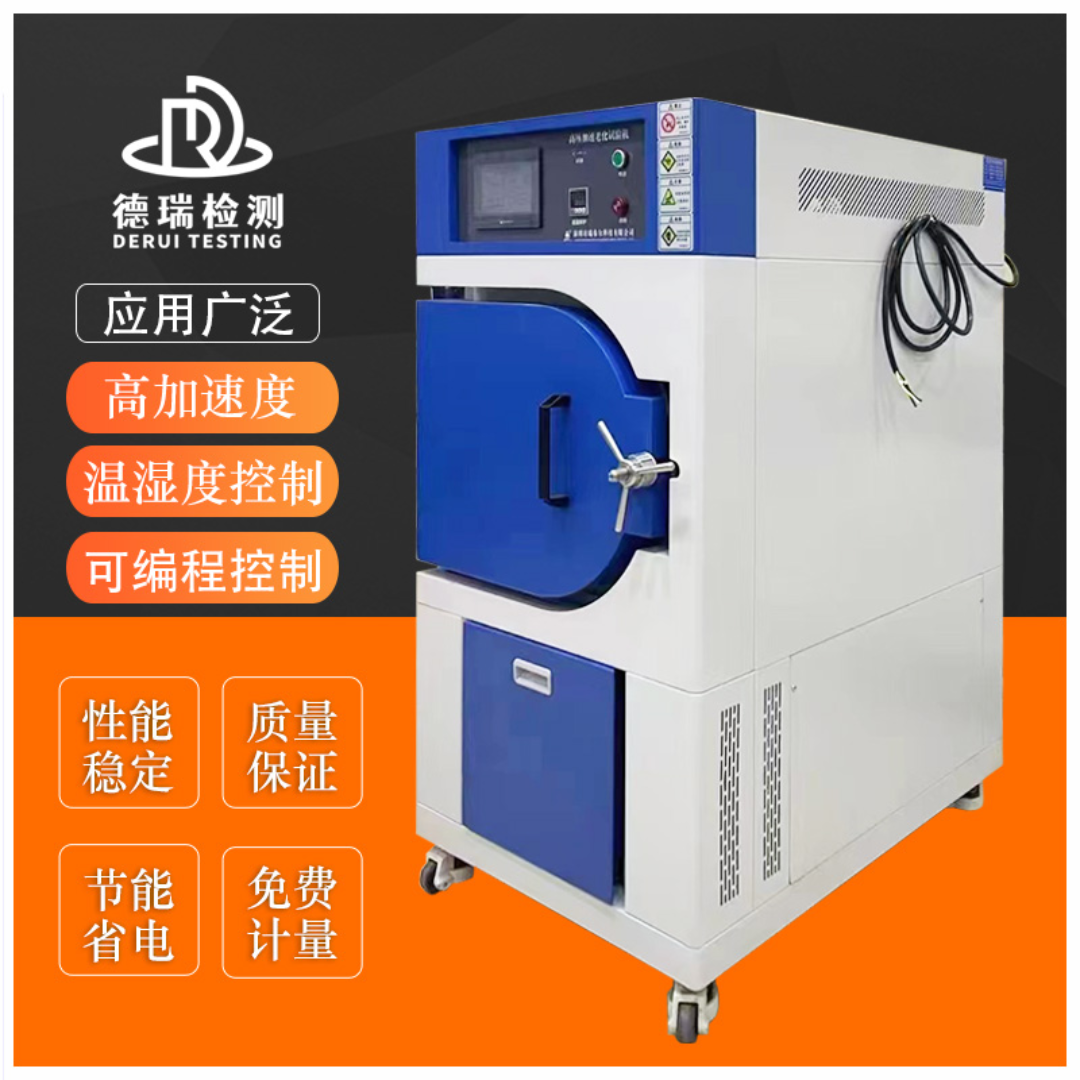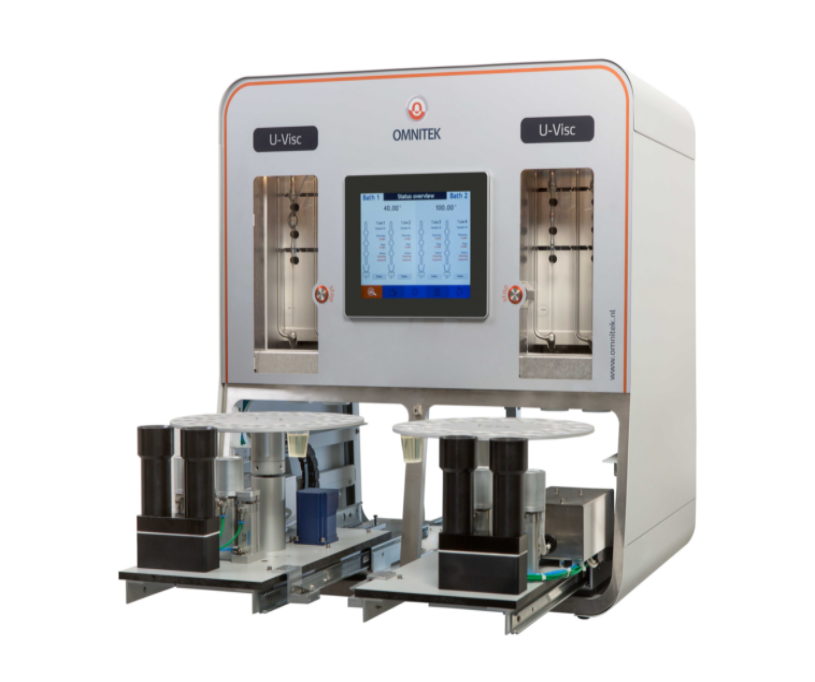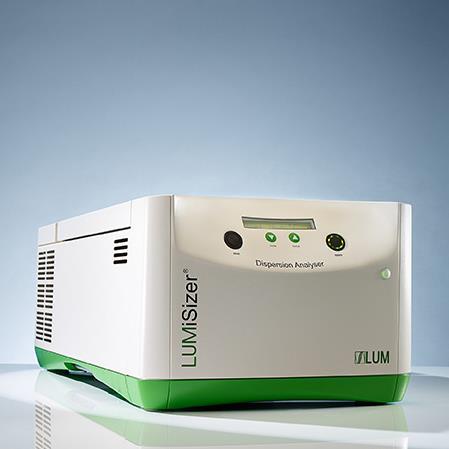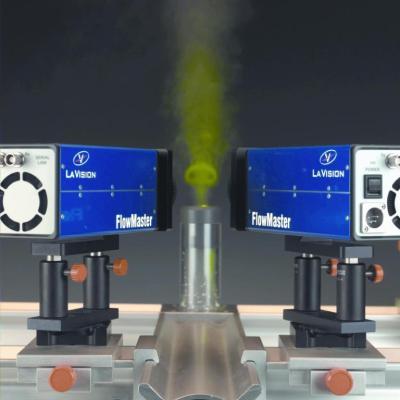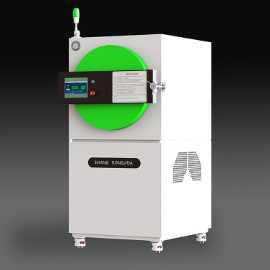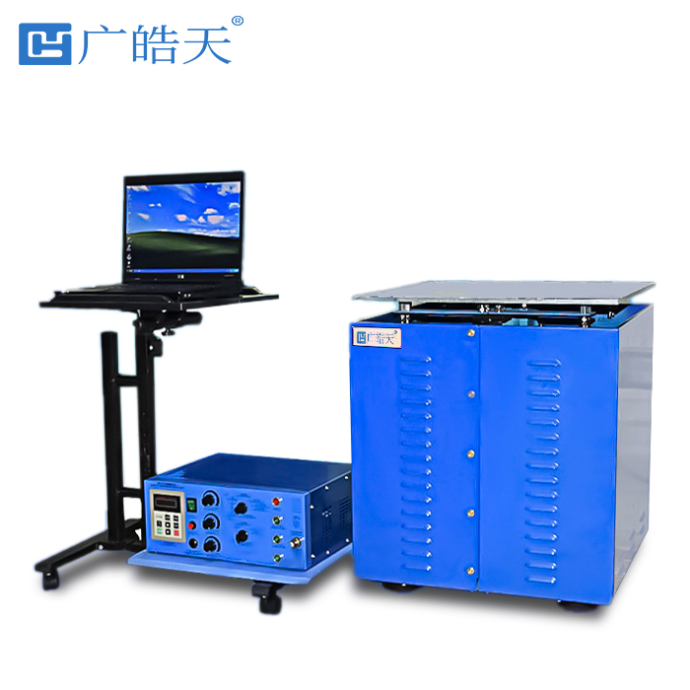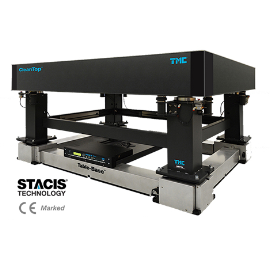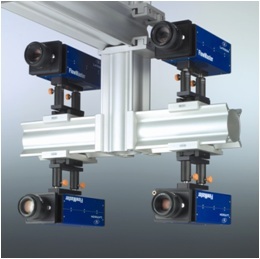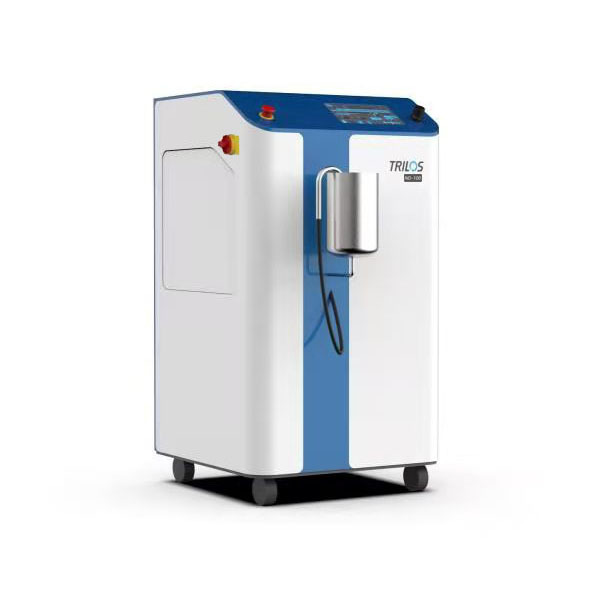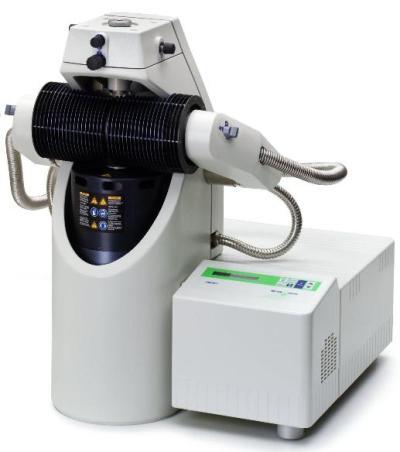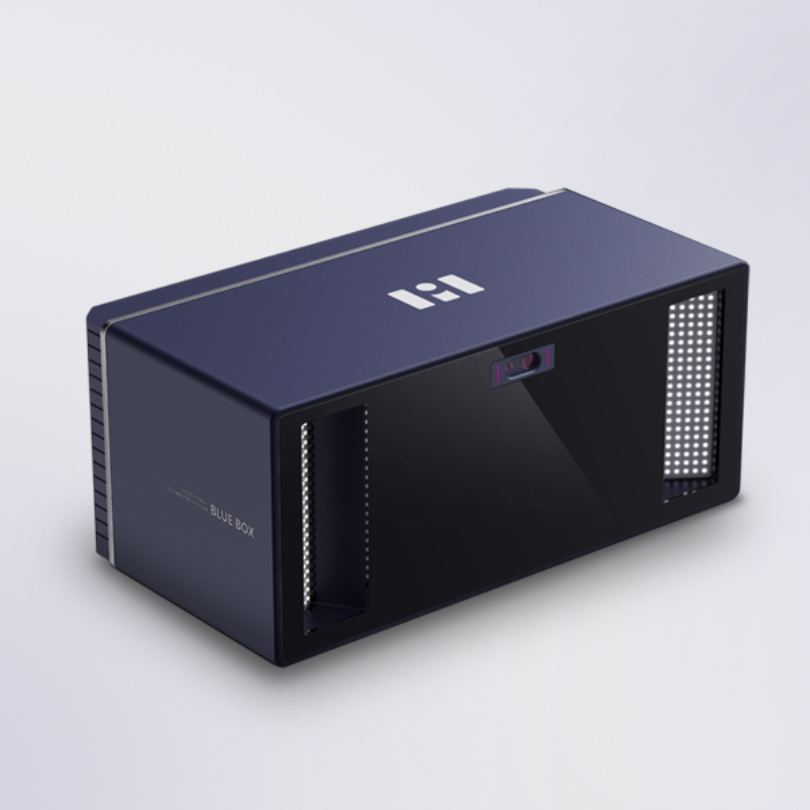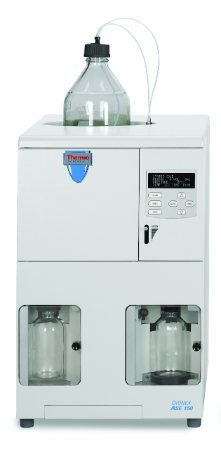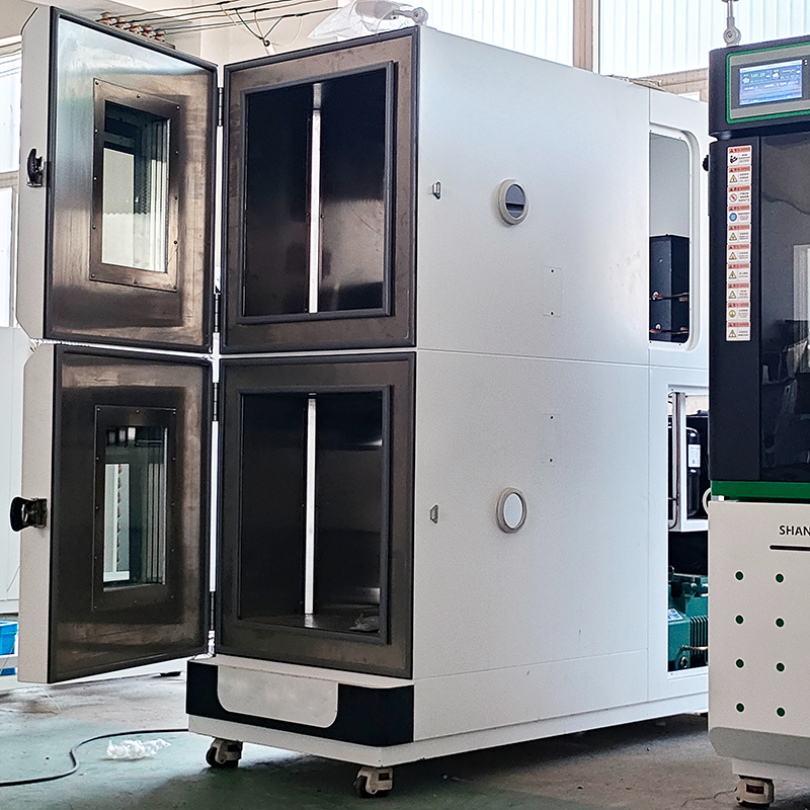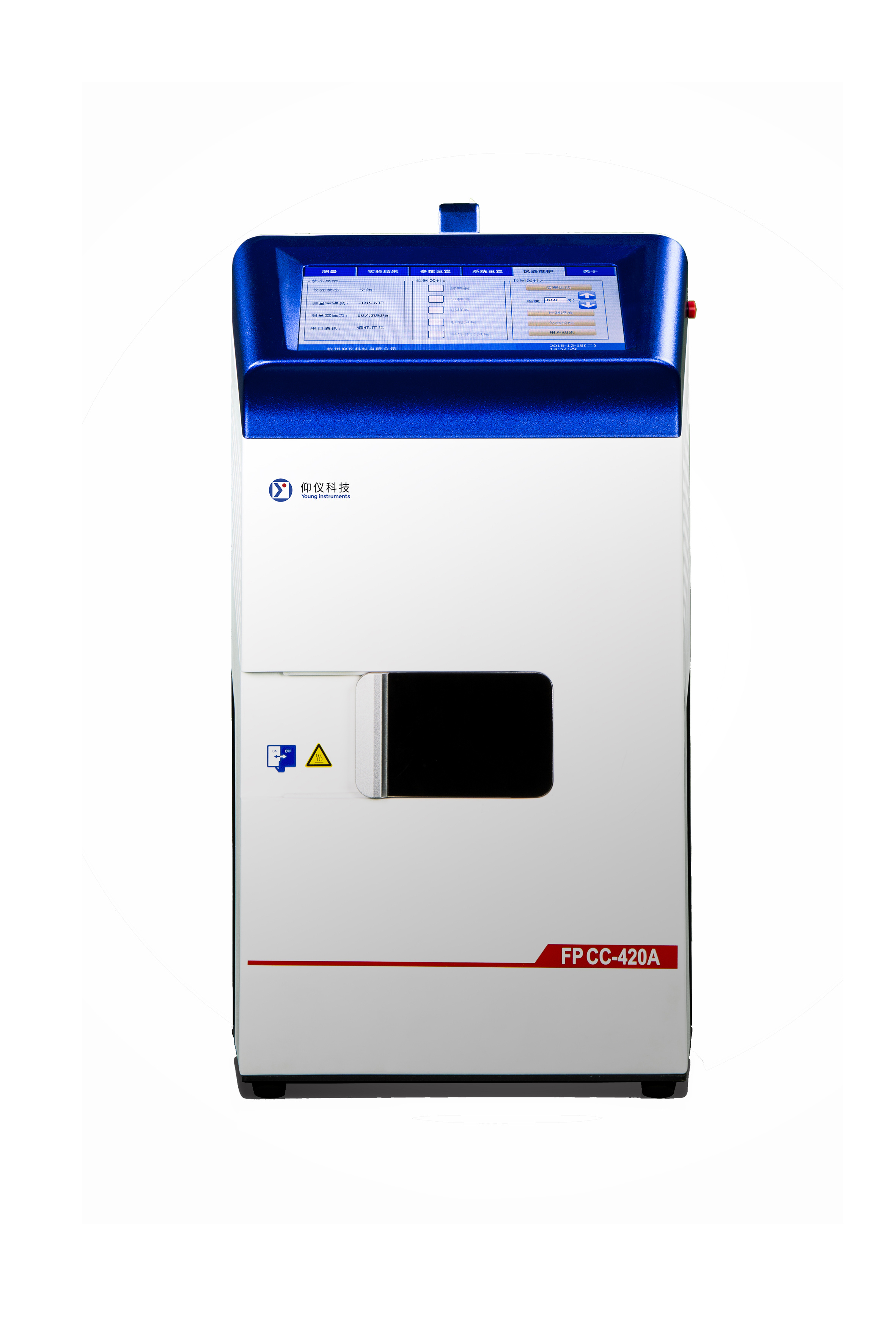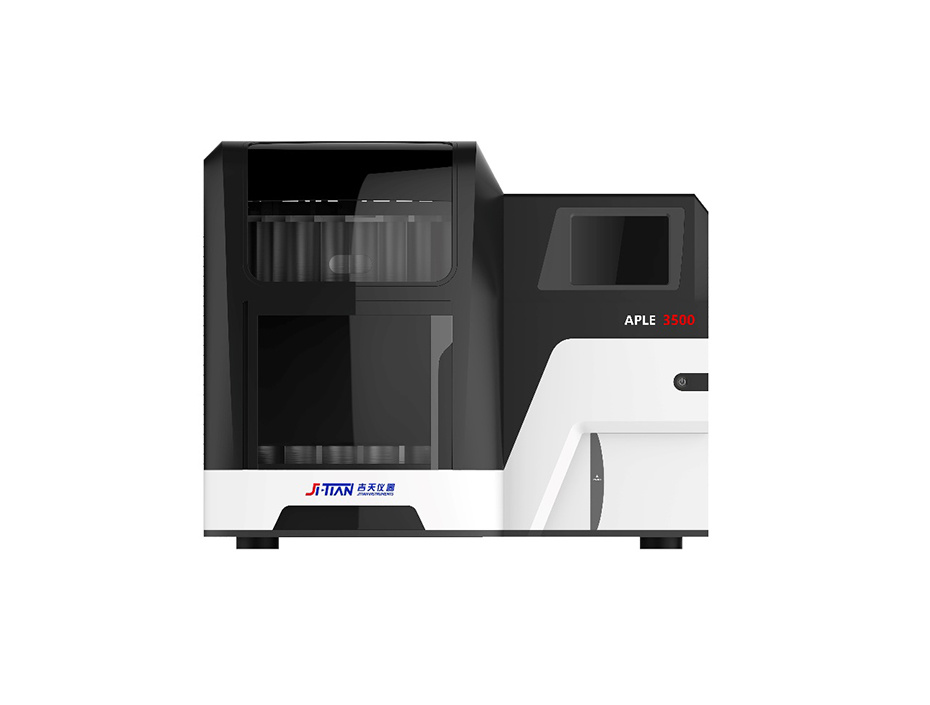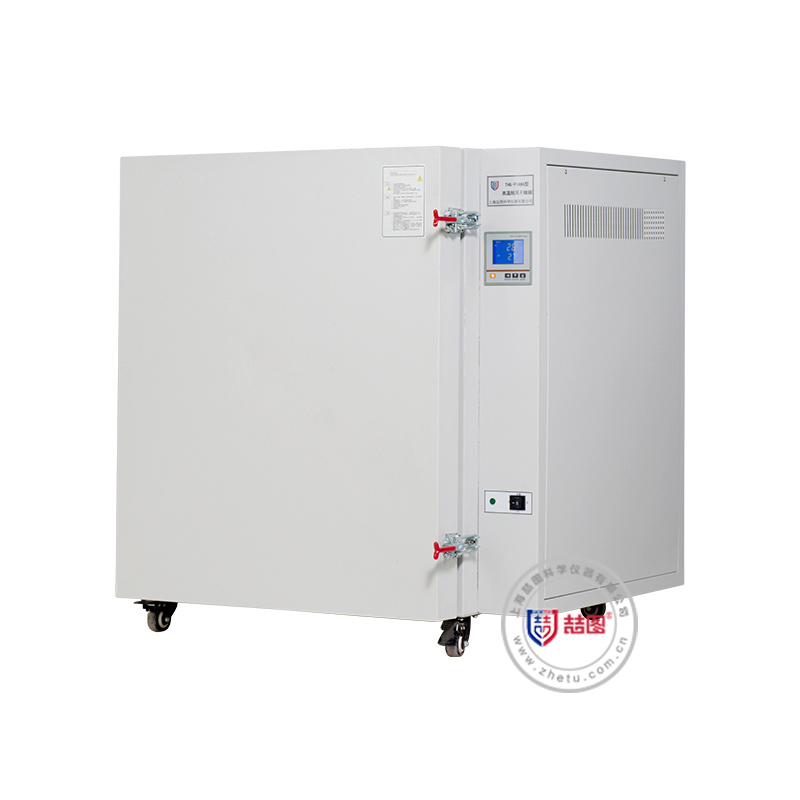通过PTVA方法(粒子跟踪速度和加速度测量)在湍流中进行拉格朗日加速度测量
Acceleration is of primal relevance in fluid mechanics, as it shows the effect of the combination of all the forces acting on a fluid flow the Navier-Stokes equations highlight this fact and the importance of its knowledge in the description of a fluid motion: Moreover, only in few particular cases (as for example, in parallel fluxes such as Couette one) it is possible to analytically solve them: for the other cases it would be important to measure their single components. Unfortunately, despite the acceleration is atthe very base of fluid motion (see, for instance, Tsinober 2001), only few measurement of the acceleration in the Lagrangian frame can be found in literature. Even if, on one hand, a certain number of authors have studied acceleration properties via numerical simulations, for instance Vedula and Yeung (1999), Tsinober et al. (2001), Biferale et al. (2004), Goto et al. (2005), Osborne et al. (2005), Chen et al. (2006), on the other very few examples of its experimental measure are available up to now. Moreover,among them not all the measurements are taken in the Lagrangian frame: among theEulerian measurements, Christensen and Adrian (2002), Dong et al. (2001) and Lowe and Simpson (2005) can be pointed out, among the Lagrangian ones, Virant and Dracos (1997), Ott and Mann (2000), La Porta et al. (2001), Voth et al. (2002) and Luthi et al.(2005) can be found.

